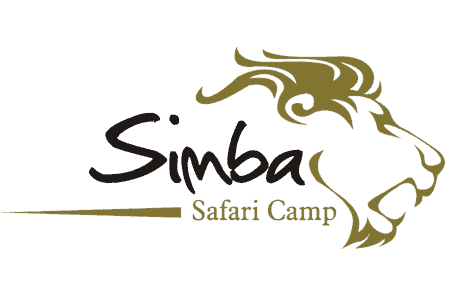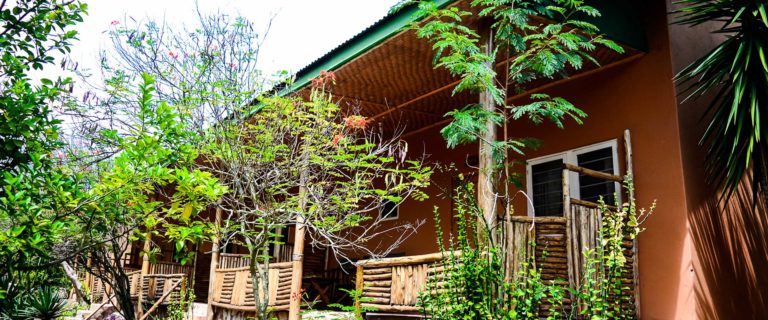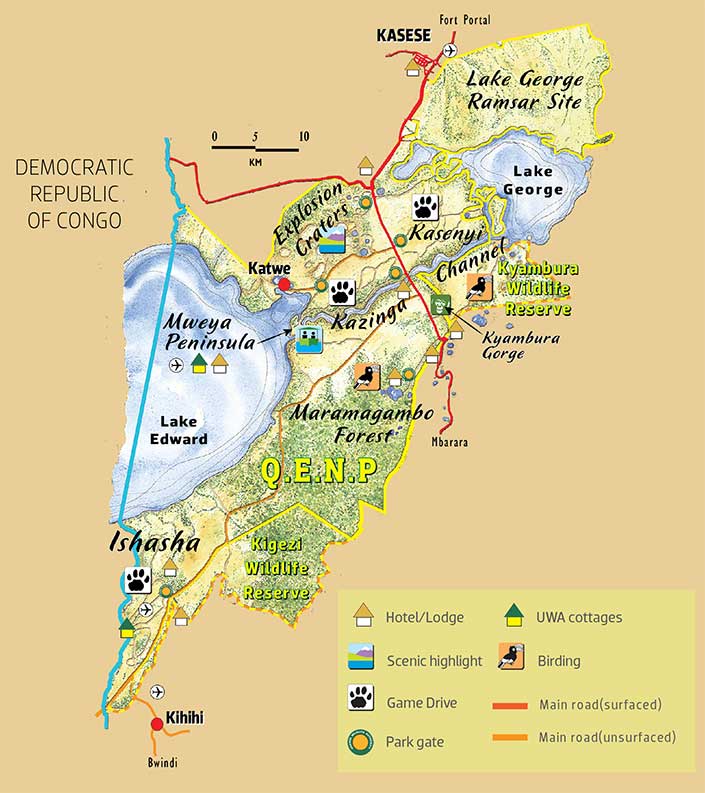Simba Safari Camp
simba safari camp
★★☆☆☆
Queen Elizabeth National Park

Simba Safari Camp, renowned for excellent hospitality, is nestled atop a hill overlooking Lake Kikorongo on the edge of Uganda’s most popular Queen Elizabeth National Park (QE), with panoramic views across the park’s extensive savannah plains teeming with wildlife as well as Lakes George and the famed Kazinga Channel. It is the closest accommodation to QE’s Kasenyi plains on the edge of Lake George, the famed mating grounds for the Uganda Kobs and thus the most preferred area for game viewing drives. It is also closest to the other areas of northern Queen Elizabeth National Park, including the Mweya Peninsula and the Kazinga Channel; well known for launch cruises, close range game-viewing as well as bird-viewing. There is also an opportunity to go for guided chimpanzees tracking in Kyambura Gorge.
In December 2008 Simba Safari Camp opened her doors in one of the most frequently visited parks in Uganda. The comfortable and low budget safari accommodation is located right on the border of Queen Elizabeth National Park and only two kilometers from the Equator.
More and more travellers are discovering this amazing safari camp with competitive prices and a fantastic location. One part is overlooking the scenic crater lakes and plains of Queen Elizabeth National Park, while on the other side the high peaks of the Rwenzori Mountains stand out against the horizon.
Simba Safari Camp has a total capacity of 70 beds including family cottages, twin rooms and dormitories. A variety of meals and drinks are served in the restaurant with an adjacent bar and sitting area. Moreover, for conservation purposes we invite our guests to plant a tree that will be nourished and carry your name into eternity…
ACTIVITIES
RATES
Promotional video Simba Safari Camp

For more information on the Queen Elizabeth National Park, download the official park brochure from the Uganda Wildlife Authority.




